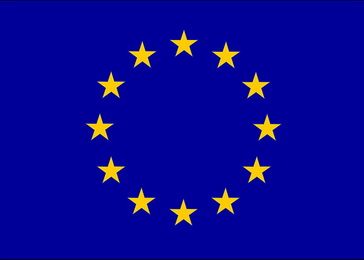 The EU remains on a firm path towards more employment and growth according to the latest Quarterly Review on Employment and Social Developments in Europe. Employment in the EU continues to grow at a consistent pace and in almost all Member States.
The EU remains on a firm path towards more employment and growth according to the latest Quarterly Review on Employment and Social Developments in Europe. Employment in the EU continues to grow at a consistent pace and in almost all Member States.
Employment increased by 1.5 % in the EU and 1.6% in the euro area in the second quarter of 2017 compared tothe same period in 2016.There are 3.5 million and 2.4 million more people employed in the EU and euro area compared to last year. This means that 235.4 million people are now employed in the EU.
This is the highest level ever recorded. The EU employment increase over the past four years has particularly benefited the younger generation. While youth unemployment is still too high in the EU, the rate decreased steadily and faster than overall unemployment: it now stands at 16.9 %,reaching a level lower than in 2008.
Commissioner for Employment, Social Affairs, Skills and Labour Mobility, Marianne Thyssen, commented: “Today’s results are encouraging. More people than ever before in Europe have a job and unemployment has reached a nine-year low. And we see 2.2 million more employees with permanent contracts compared to last year. We need to continue on this path and improve the economic and social conditions for all. With the European Pillar of Social Rights, we have our roadmap towards well-functioning and fair labour markets that are fit for purpose in the 21st century. We would like to see it proclaimed together by Parliament, Council and Commission at the Social Summit in Gothenburg on 17 November 2017.”
The Quarterly Review also shows that the EU’s economy continues its expansion in all Member States with a growth of 2.4 % in the EU and 2.3 % in the euro area over the last year. This also translated in an improvement of EU households’ financial situation with greater income from work, while the increase in social benefits came to a halt.
Source: europa.rs
 Government of the Republic of Serbia
Government of the Republic of Serbia















 pdf [271 KB]
pdf [271 KB]
Leave a Comment